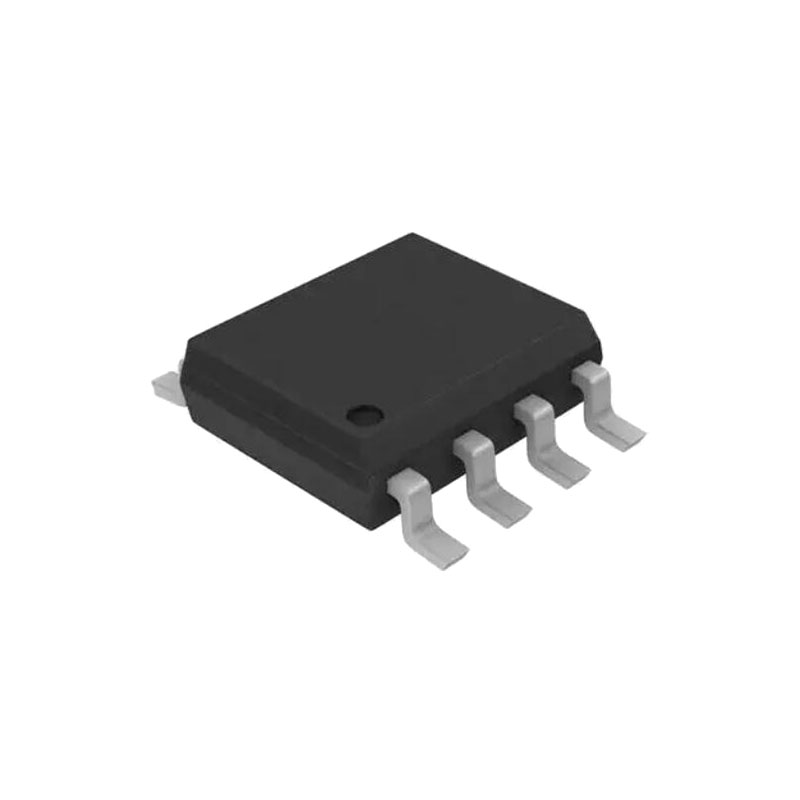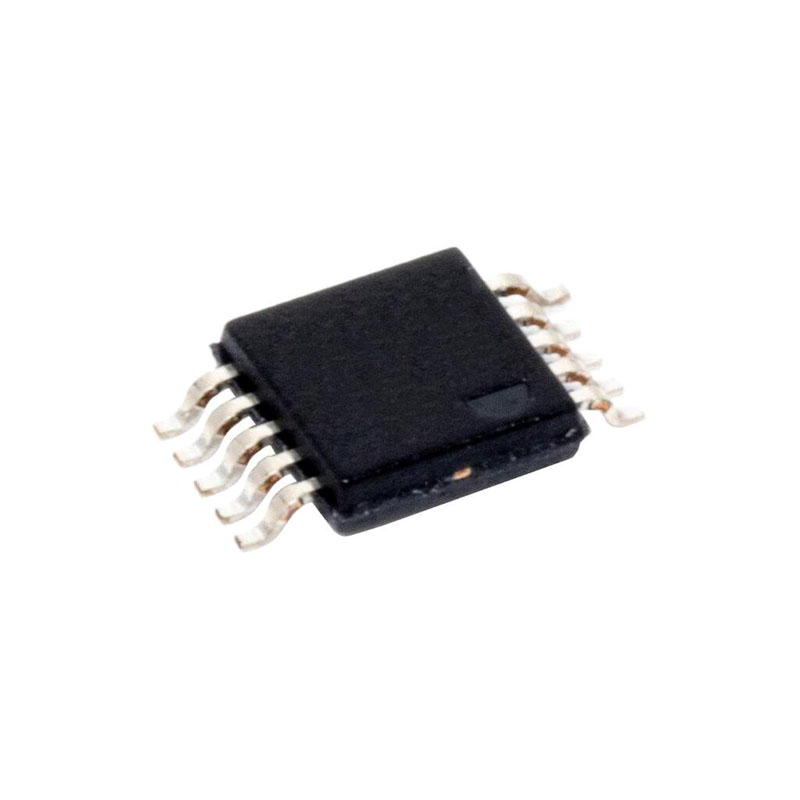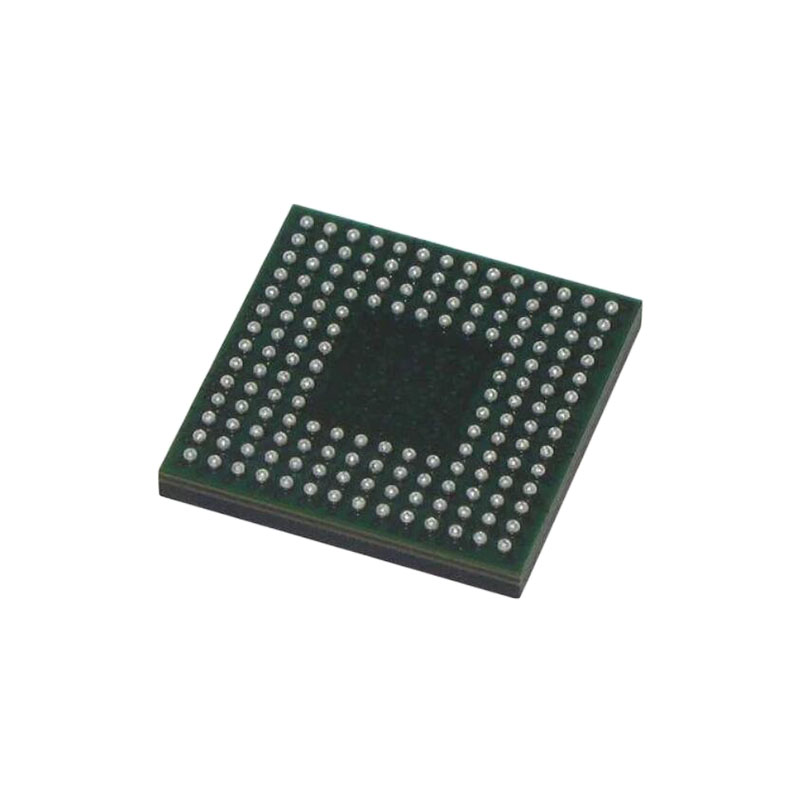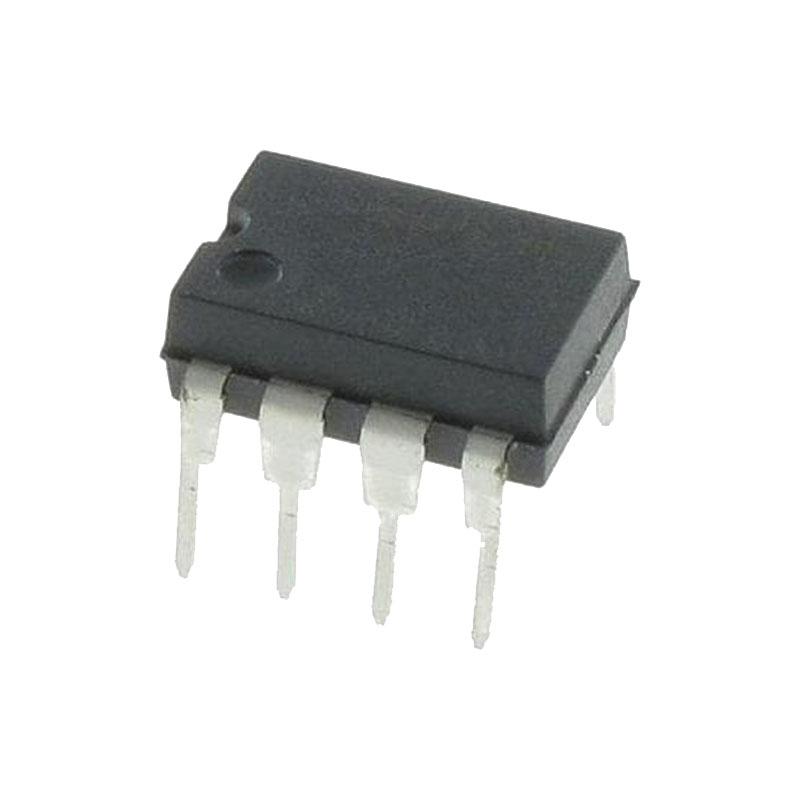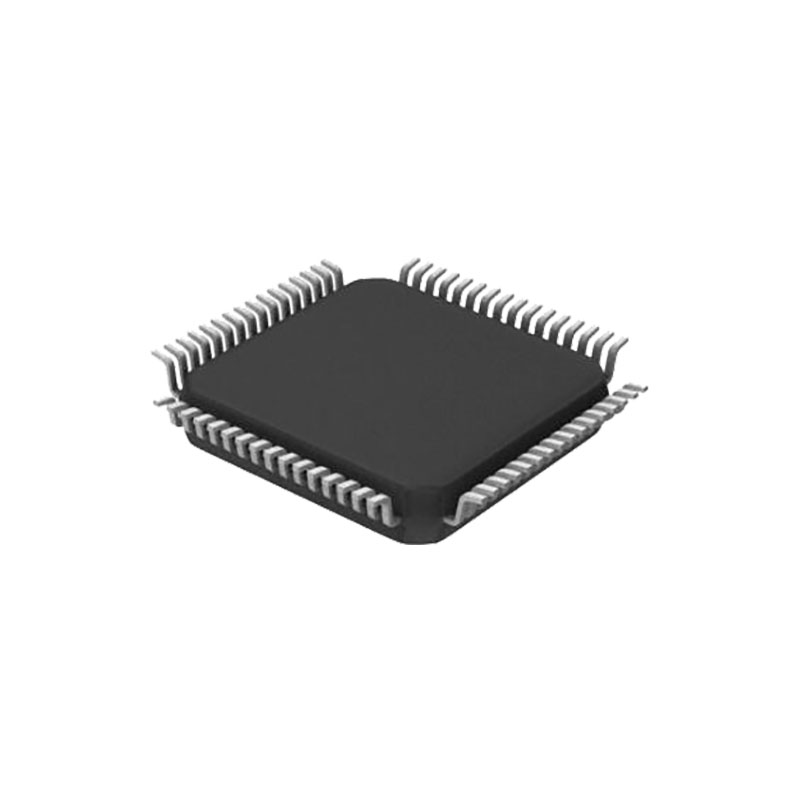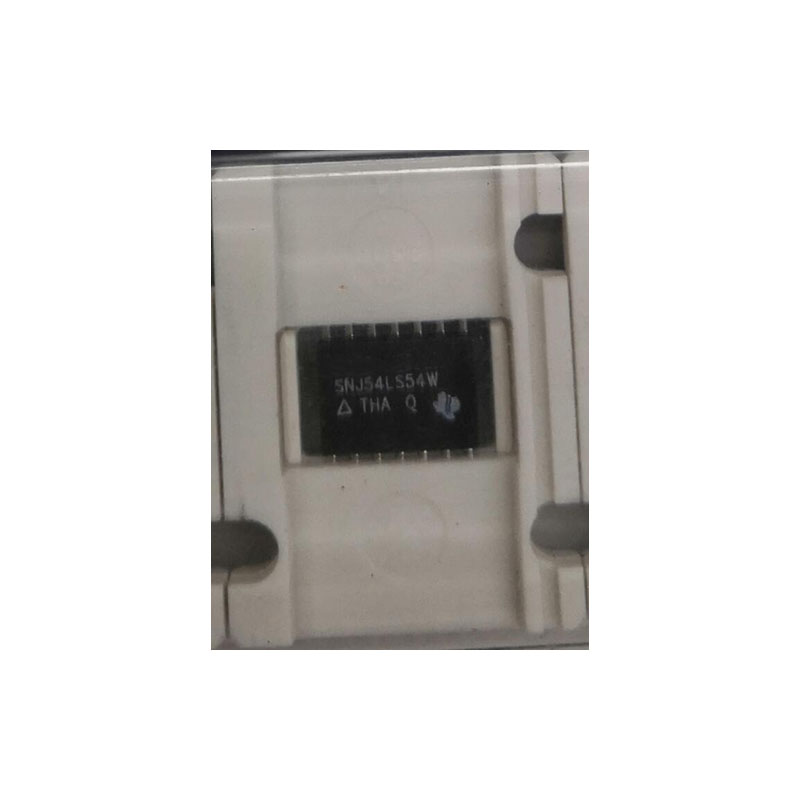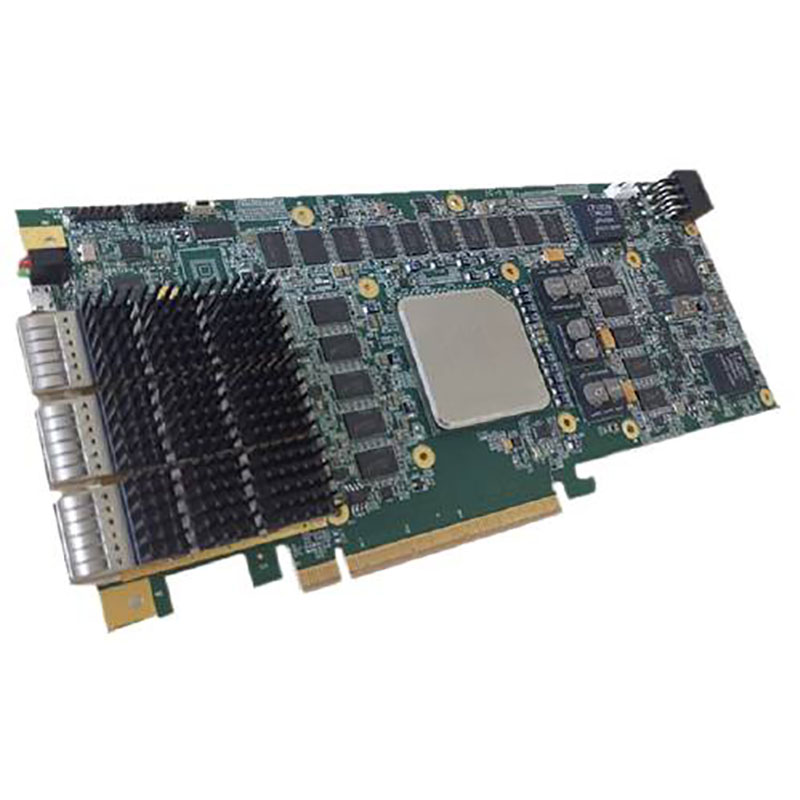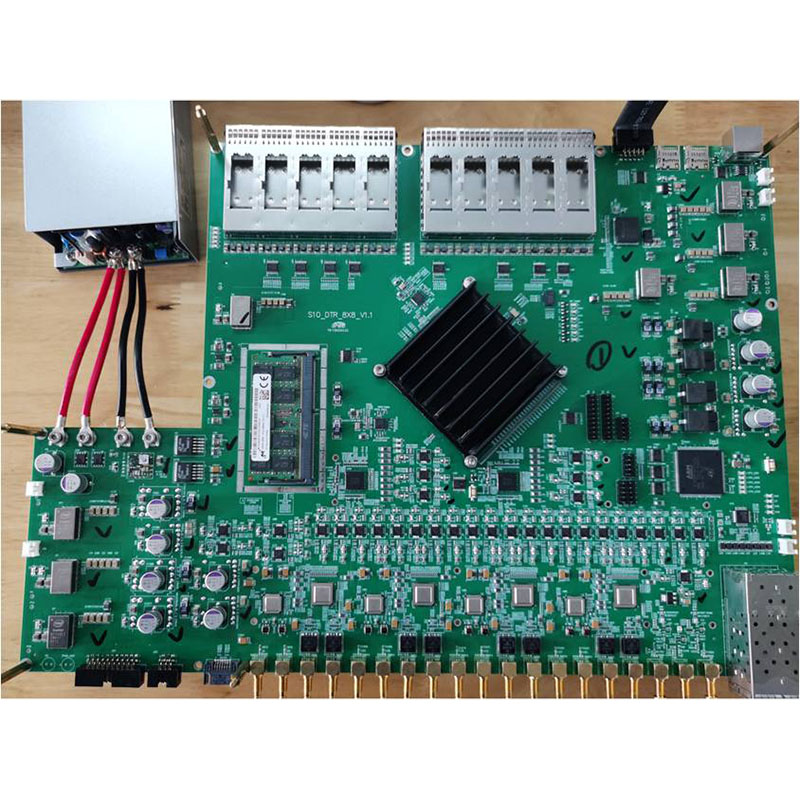Description
The AT24C01C/AT24C02C provides 1,024/2,048 bits of Serial Electrically Erasable and Programmable Read-Only Memory (EEPROM) organized as 128/256 words of 8 bits each. The device’s cascading feature allows up to eight devices to share a common two‑wire bus. This device is optimized for use in many industrial and commercial applications where low-power and low-voltage operations are essential.
The device is available in space-saving 8-lead SOIC, 8-lead TSSOP, 8-pad UDFN, 8-lead PDIP, 5-lead SOT23 and 8-ball VFBGA packages. All packages operate from 1.7V to 5.5V.
Caractéristiques
- Fonctionnement à basse tension :
- VCC = 1,7V à 5,5V
• Internally Organized as 128 x 8 (1K) or 256 x 8 (2K)
- Plage de température industrielle : -40°C à +85°C
• I2C-Compatible (Two-Wire) Serial Interface:
– 100 kHz Standard mode, 1.7V to 5.5V
– 400 kHz Fast mode, 1.7V to 5.5V
- 1 MHz Mode rapide plus (FM+), 2,5V à 5,5V
- Déclencheurs de Schmitt, entrées filtrées pour la suppression du bruit
- Protocole de transfert de données bidirectionnel
- Broche de protection contre l'écriture pour une protection matérielle complète des données de la matrice
• Ultra Low Active Current (3 mA maximum) and Standby Current (6 μA maximum)
• 8-Byte Page Write Mode:
- Écritures partielles de pages autorisées
- Modes de lecture aléatoire et séquentielle
- Cycle d'écriture automatique dans un délai de 5 ms Maximum
- Protection contre les décharges électrostatiques (ESD) > 4 000 V
- Haute fiabilité :
- Endurance : 1 000 000 de cycles d'écriture
- Conservation des données : 100 ans
• Green Package Options (Lead-free/Halide-free/RoHS compliant)
- Options de vente de puces : Forme des plaquettes et plaquettes bosselées
Device Address Inputs (A0, A1, A2)
The A0, A1 and A2 pins are device address inputs that are hard-wired (directly to GND or to VCC) for compatibility with other two-wire Serial EEPROM devices. When the pins are hard-wired, as many as eight devices may be addressed on a single bus system. A device is selected when a corresponding hardware and software match is true. If these pins are left floating, the A0, A1 and A2 pins will be internally pulled down to GND. However, due to capacitive coupling that may appear in customer applications, Microchip recommends always connecting the address pins to a known state. When using a pull‑up resistor, Microchip recommends using 10 kΩ or less.
Serial Data (SDA)
The SDA pin is an open-drain bidirectional input/output pin used to serially transfer data to and from the device. The SDA pin must be pulled high using an external pull-up resistor (not to exceed 10 kΩ in value) and may be wire-ORed with any number of other open-drain or open-collector pins from other devices on the same bus.
Serial Clock (SCL)
The SCL pin is used to provide a clock to the device and to control the flow of data to and from the device. Command and input data present on the SDA pin is always latched in on the rising edge of SCL, while output data on the SDA pin is clocked out on the falling edge of SCL. The SCL pin must either be forced high when the serial bus is idle or pulled high using an external pull-up resistor.
Write-Protect (WP)
The write-protect input, when connected to GND, allows normal write operations. When the WP pin is connected directly to VCC, all write operations to the protected memory are inhibited.
If the pin is left floating, the WP pin will be internally pulled down to GND. However, due to capacitive coupling that may appear in customer applications, Microchip recommends always connecting the WP pin to a known state. When using a pull‑up resistor, Microchip recommends using 10 kΩ or less.
Device Reset
To prevent inadvertent write operations or any other spurious events from occurring during a power-up sequence, the AT24C01C/AT24C02C includes a Power-on Reset (POR) circuit. Upon power-up, the device will not respond to any commands until the VCC level crosses the internal voltage threshold (VPOR) that brings the device out of Reset and into Standby mode.

